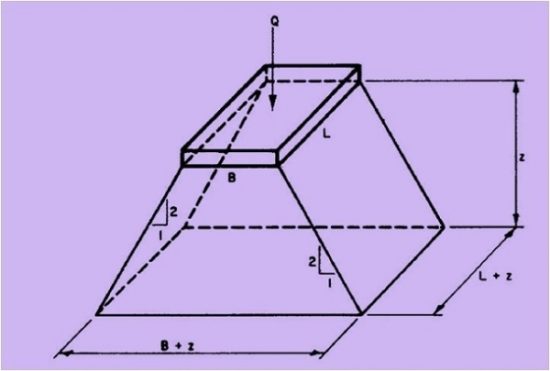- Course No E – 1320
- PDH Units 3.00
No data found for Custom Course Number
No data found for Custom Course Units
- Course No E – 1320
- PDH Units 3.00
Intended Audience: civil and geotechnical engineers and other design and construction professionals
PDH UNITS: 3
This course covers the analysis of stress conditions at a point, stresses beneath structures and embankments, and empirical methods for estimating loads on buried pipes, conduits, shafts, and tunnels. Course Outline 1. INTRODUCTION 2. STRESS CONDITIONS AT A POINT 3. STRESSES BENEATH STRUCTURES AND EMBANKMENTS 4. SHALLOW PIPES AND CONDUITS 5. DEEP UNDERGROUND OPENINGS 6. NUMERICAL STRESS ANALYSIS 7. REFERENCES This course will give you guidance you can apply to the analysis of stress conditions in soil at a point, beneath structures and embankments, shallow pipes and conduits, and deep underground openings.
Learning Objectives
At the successful conclusion of this course, you’ll be able to identify and discuss:- Learn how stresses in earth masses are analyzed using two basic and different assumptions
- Learn how to employ Mohr’s circle if normal and shear stresses at one orientation on an element in an earth mass are known, to determine stresses at all other orientations;
- Learn about the division of weight of overlying soil and water into effective stress and pore water pressure;
- Learn how to divide applied load between pore pressure and effective stress as a function of the boundary conditions, the stress-strain properties, and the permeability of the stressed and surrounding soils;
- Learn how to analyze stresses beneath structures and embankments for semi-infinite, elastic foundations;
- Learn how to analyze layered or anisotropic foundations; and
- Learn about the Westergaard analysis.
Once completed, your order and certificate of completion will be available in your profile when you’re logged in to the site.










